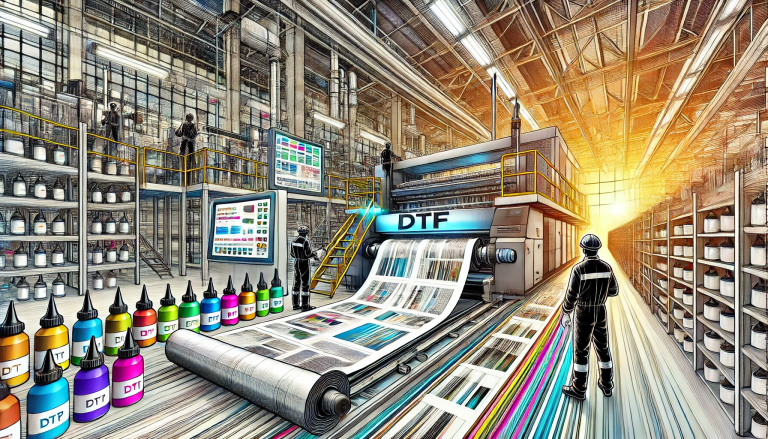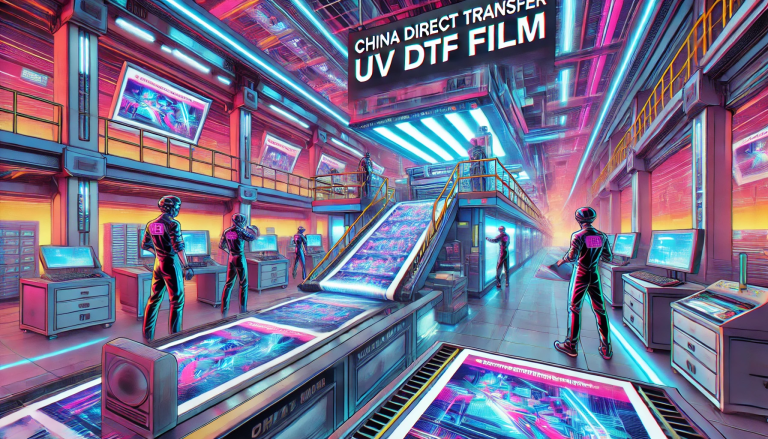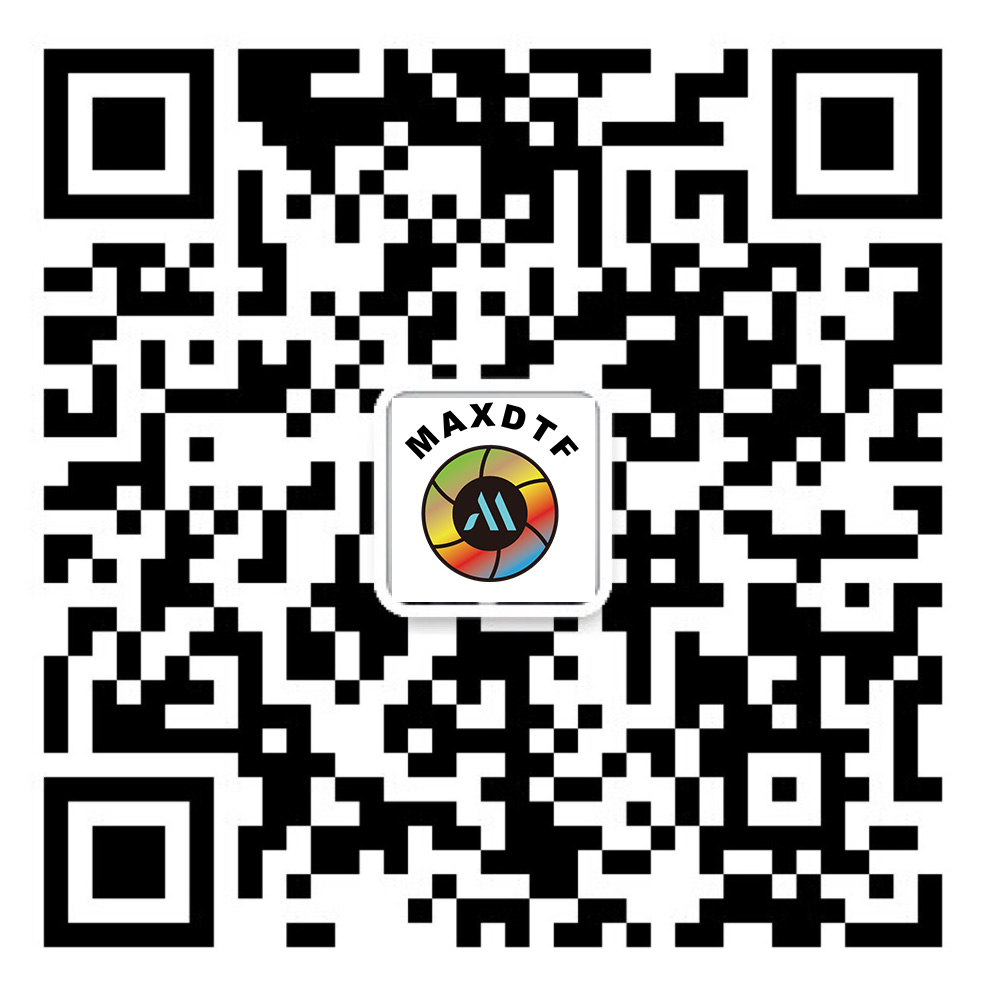“Get the Best Prices on DTF Printing Supplies – Guaranteed!” -MAXDTF- DTF Warm peel Factory, A4 DTF Film Manufacturer, Made in china
Direct to Film (DTF) printing has emerged as a popular and versatile printing method, offering a cost-effective solution for transferring high-quality designs onto various substrates. However, like any printing technology, the cost of consumables plays a significant role in determining the overall efficiency and profitability of DTF printing operations. Understanding the various consumables involved and their associated costs is crucial for businesses looking to optimize their DTF printing processes. In this article, we will delve into the key consumables required for DTF printing and provide insights into their costs.
1. Ink for DTF Printing
Ink is one of the most critical consumables in DTF printing, as it directly impacts the quality and vibrancy of the printed designs. DTF printers typically use water-based inkjet inks, which are compatible with the transfer film and adhere well to the adhesive powder. The cost of ink can vary depending on the brand, volume, and color range.
Cost Factors:
- Brand: High-quality, well-known brands often come with a premium price tag, but they may offer better color consistency and long-term reliability.
- Volume: Larger quantities of ink generally come with a discounted price per milliliter, making bulk purchasing more cost-effective in the long run.
- Color Range: The number of colors available in a set can also influence the cost. Full-color sets, including CMYK (Cyan, Magenta, Yellow, Black) and additional spot colors like white and light cyan, tend to be more expensive but offer greater flexibility in design.
Estimated Costs:
- Standard CMYK Ink Set: 150 per 100 ml
- Extended Color Sets (CMYK + White): 300 per 100 ml
2. Transfer Film
The transfer film is another essential consumable in the DTF printing process. It serves as the medium onto which the design is printed and subsequently transferred to the final substrate. The quality of the transfer film can significantly impact the smoothness, clarity, and overall appearance of the printed design.
Cost Factors:
- Material Quality: High-quality transfer films offer better ink absorption and adhesion, which can result in sharper and more durable prints.
- Size and Thickness: Larger and thicker transfer films may be more expensive but can provide better handling and less risk of tearing during the transfer process.
- Brand and Supplier: Trusted brands and suppliers often offer consistent quality and reliable performance, which can justify the higher cost.
Estimated Costs:
- Standard Transfer Film Rolls: 200 per roll (depending on size and length)
- Premium Transfer Film Rolls: 400 per roll
3. DTF Powder
DTF powder is a specialized adhesive powder that bonds with the printed ink on the transfer film, ensuring that the design adheres securely to the substrate during the transfer process. The powder also enhances the durability and washability of the print, making it an indispensable consumable for DTF printing.
Cost Factors:
- Type of Powder: Different types of DTF powder, such as white, black, or special effect powders, may have varying costs depending on their specific properties and performance.
- Brand and Quality: High-quality DTF powders from reputable brands typically come with a higher price but offer better adhesion, durability, and consistency.
- Volume: Purchasing DTF powder in larger quantities can lead to reduced costs per kilogram, making bulk purchasing an attractive option for high-volume printers.
Estimated Costs:
- Standard DTF Powder (White or Black): 200 per kilogram
- Premium or Special Effect Powders: 400 per kilogram
4. Substrates and Final Products
While not strictly consumables, the substrates onto which the DTF prints are transferred are a critical consideration in the overall cost structure. The cost of substrates can vary widely depending on the type, quality, and quantity purchased.
Cost Factors:
- Type of Substrate: Fabrics, such as cotton, polyester, or blends, have different costs based on their material and manufacturing processes.
- Quality and Brand: High-quality, branded fabrics may be more expensive but offer better print results and durability.
- Quantity: Bulk purchasing of substrates can lead to significant cost savings, especially for businesses with high production volumes.
Estimated Costs:
- Textile Fabrics (per meter): 20 (depending on material and quality)
- Other Substrates (e.g., plastics, ceramics): Varies widely based on type and quality
5. Additional Consumables and Maintenance
In addition to the primary consumables mentioned above, there are several other consumables and maintenance items that contribute to the overall cost of DTF printing:
- UV Curing Machine Bulbs: UV bulbs used in the curing process have a limited lifespan and need to be replaced periodically.
- Estimated Costs: 100 per bulb
- Printer Maintenance Kits: Regular maintenance, such as cleaning printheads and replacing nozzles, is essential for maintaining print quality.
- Estimated Costs: 200 per kit
- Cleaning Supplies: Items such as cleaning solutions, brushes, and cloths are necessary for maintaining the DTF printing equipment.
- Estimated Costs: 100 per set
Conclusion
The cost of consumables for DTF printing is an important factor to consider when evaluating the overall cost-effectiveness and profitability of your printing operations. By understanding the costs associated with ink, transfer film, DTF powder, substrates, and additional consumables, you can make informed decisions that optimize your printing processes and maximize your return on investment.
While the initial costs of consumables may seem high, the versatility, quality, and durability of DTF printing make it a worthwhile investment for businesses looking to produce high-quality prints on various substrates. By sourcing high-quality consumables, optimizing your purchasing strategies, and maintaining your equipment, you can ensure that your DTF printing operations remain efficient, cost-effective, and competitive in the market.






